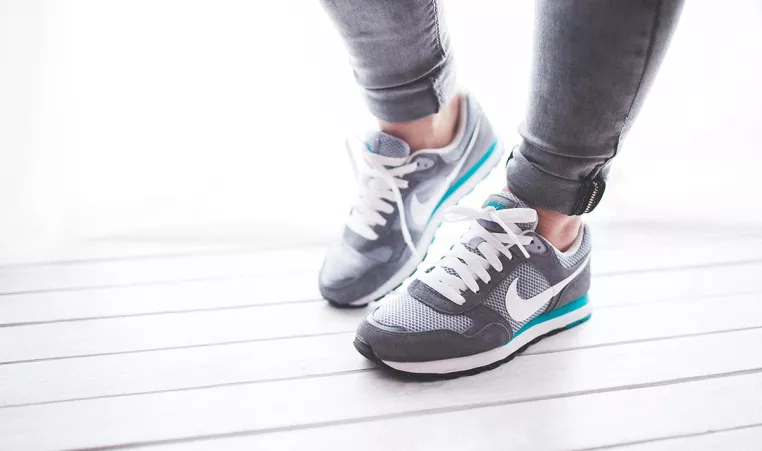How to Walk Hard on National Walking Day

By Kedric Fink
Kedric Fink, a Certified Personal Trainer with the National Academy of Sports Medicine, is the Wellness Coordinator at the YMCA of Greater Brandywine’s West Chester location. He’s been walking since he was one year old. Below he shares how to get a workout when you walk.
Walking...it’s pretty simple. Just put one foot in front of the other. “Boring,” you say? #NationalWalkingDay is here (April 3rd) and I’m going to share with you a few ways to mix up your walking and tell you what muscles it works. Get ready to walk hard. Let’s start with the basics.
Walking Forwards
The main muscles involved are the quadriceps, hamstrings, glutes, and calves. Your abdominals, pelvic muscles and various upper body muscles do contribute to walking, but we’re just going to focus on the main muscles involved when you’re hoofing it. But, let’s talk about some different ways of walking that focus on some of those muscles.
Walking Backwards
Try walking backwards. There will be more emphasis on your calves. You’ll feel them really starting to burn as you stroll in reverse. Just be sure to be careful to look where you’re going. Unless you’re Linda Blair it’s kind of hard to look behind you. Speaking of calves you can try…
Walking on your Toes
Just like walking backwards, hiking your way down a trail on your toes will give your calves a run for their money. (Side note: One of the best ways to develop your calves is to run on your toes instead of the traditional heel-to-toe strike. But let me warn you, your calves will be so sore you might be waddling for a week.)
Walking Sideways
Perambulating sideways down the sidewalk emphasizes the abductor muscles in your hips. Those are things with fancy names like gluteus medius, gluteus minimus and tensor fasciae latae. It will also give muscles on the outside of your lower leg, called peroneals, a wake up call.
Cross-Stepping/Grapevine/Carioca
It goes by many names. Traipsing through the urban jungle like this will most certainly get someone’s attention. It is a way of moving laterally, i.e., sideways.
Begin with your feet a few inches apart. Step your right foot behind your left foot, then step your left foot to the left so that your feet are a few inches apart again. Now, step your right foot in front of your left foot, and step your left foot to the left again so that your feet are a few inches apart. Repeat. After some time, go the other way.
This emphasizes the abductor muscles in your hips just like walking sideways, but it also works the adductor muscles in your legs. Those are things like adductor magnus, adductor brevis and gracilis.
Whether you plod, prance, stagger or swagger you’ll have a few new things to do this #NationalWalkingDay.
Consult your doctor before beginning any workout regimen. Results vary by person. If you experience any pain or difficulty while exercising, immediately stop and consult your healthcare provider.